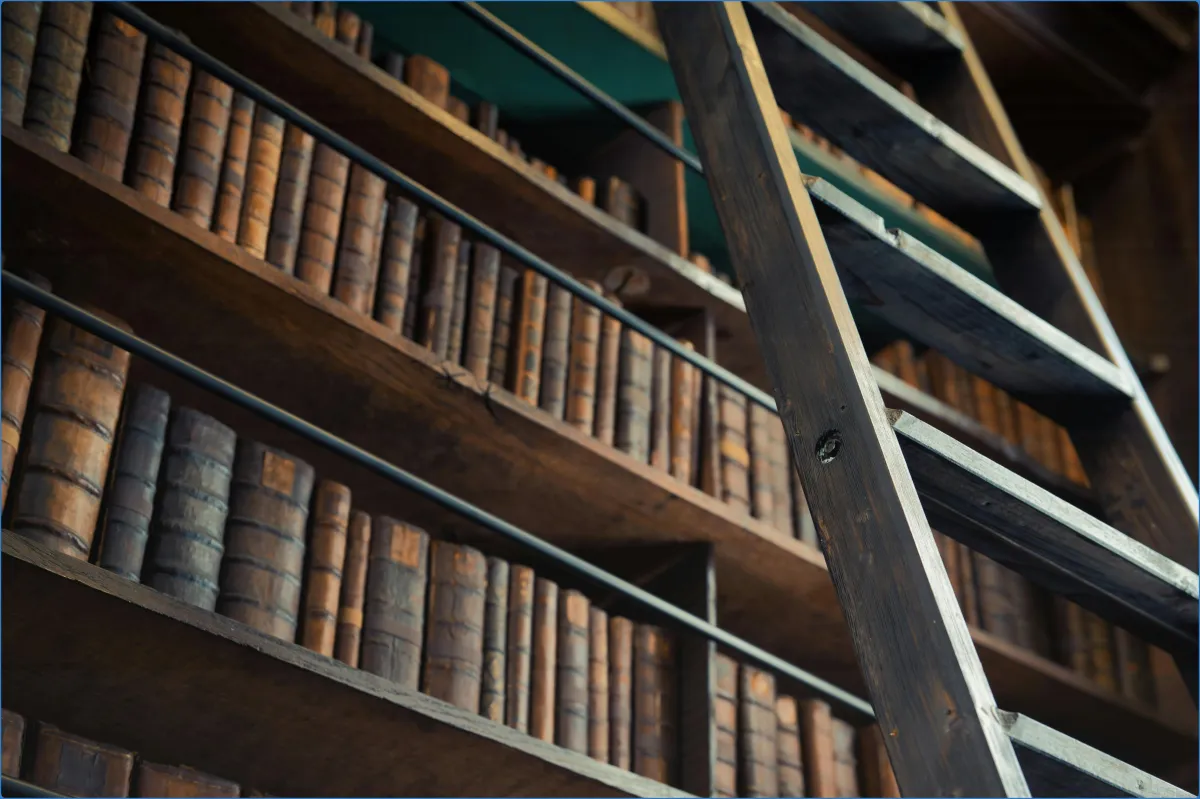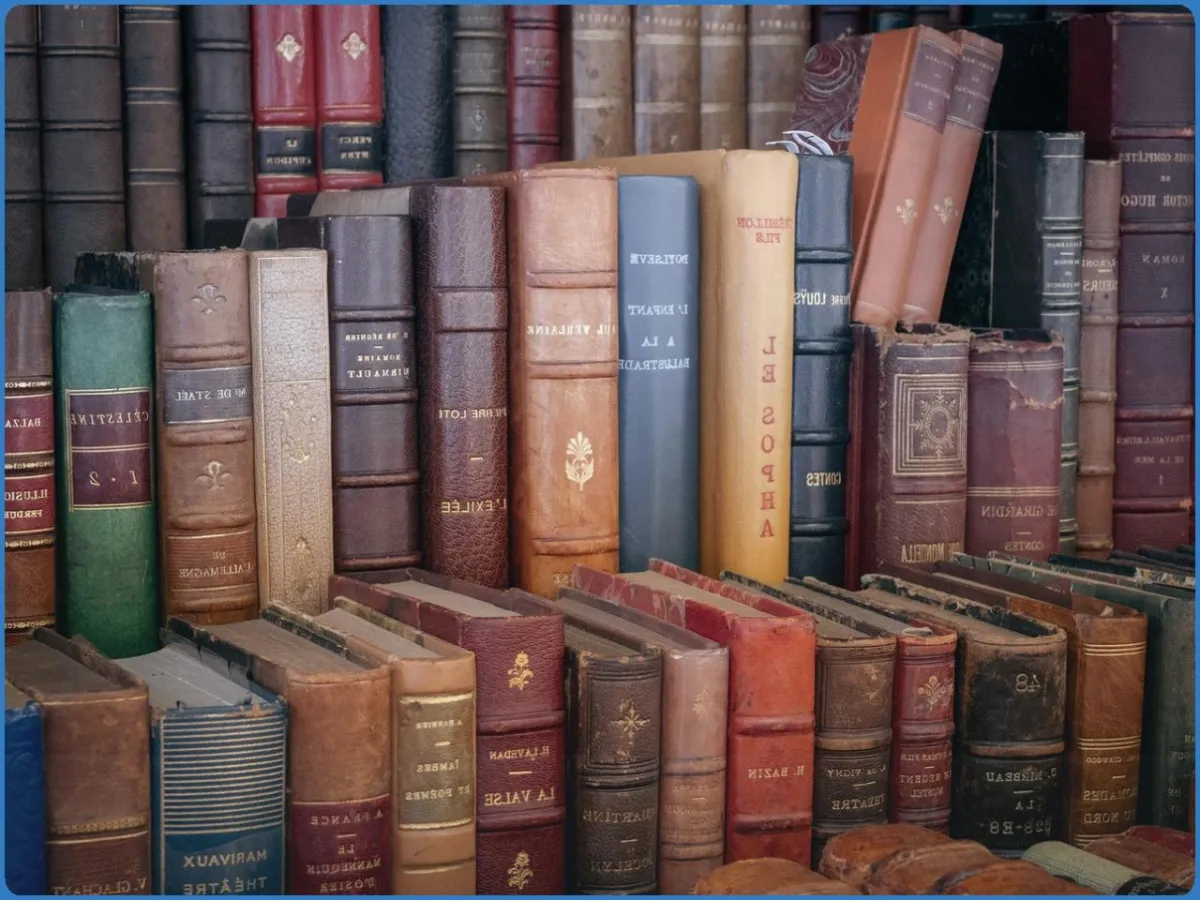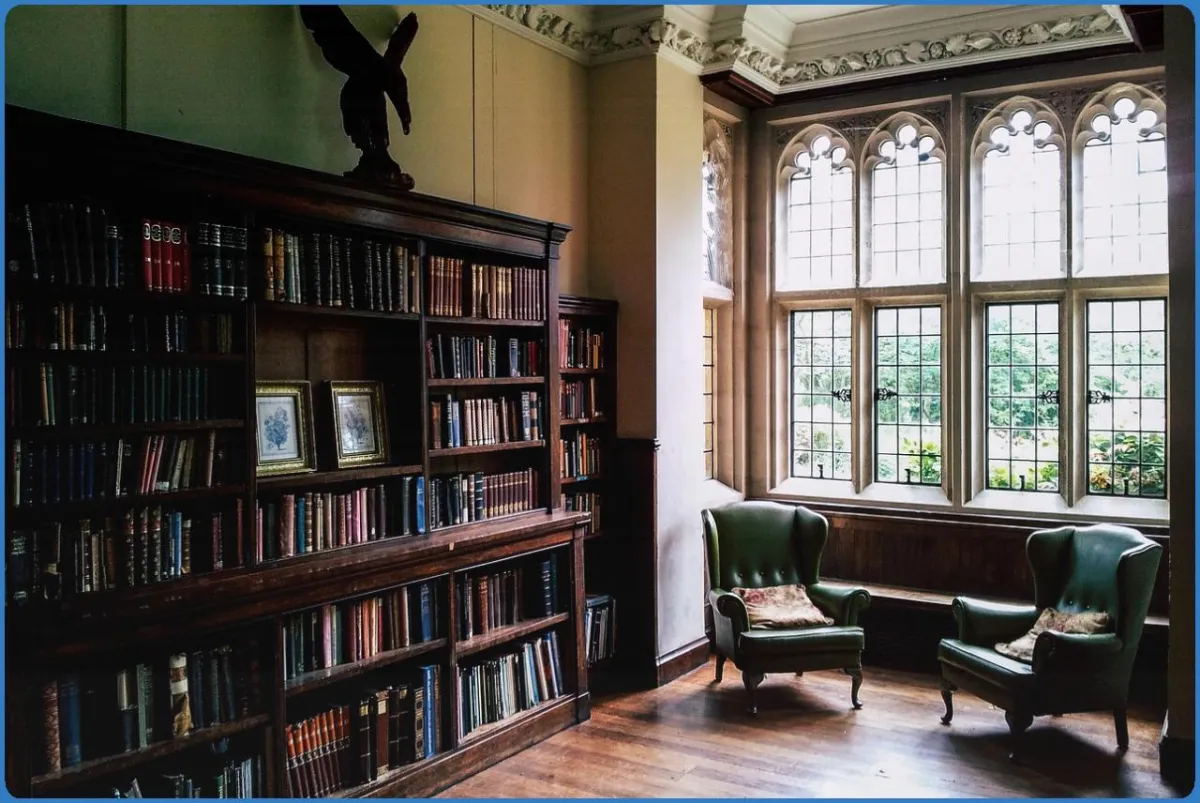11 °c Wind speed: 10 km/h Precipitation: 33 % Cloudiness: 88 % Humidity: 77 mm Pressure: 33 mb
Marsh's Library
Bride Street 36
Dublin 8
D
Ireland
Description
Marsh’s Library is a not-to-be-missed gem for visitors to Dublin. It is one of the few 18th-century buildings in the city still being used for its original purpose. Famous past readers have included Jonathan Swift, Bram Stoker, and James Joyce. Children will enjoy hunting for hidden mini-figures, but do beware of the ghost of the Archbishop!
Location & interior
Marsh’s Library opened as Ireland’s first public library in 1707, making it the oldest one. Although there were earlier libraries, they were either in universities or churches. This Library was intended to give anyone reading a place to study. The Library is a short stroll from the main shopping areas of Dublin’s city centre. It is located behind Saint Patrick’s Cathedral. Most of the hop-on buses pass the building.
The original oak bookcases house more than 25,000 rare and fascinating books, and the Library is home to year-round exhibitions. The collection of Narcissus Marsh, an archbishop of Dublin, can also be found here. The exhibitions are designed to show a selection of rare and intriguing books. You can find more details on the exhibition panels besides the cases as you explore the library.
Inside, the library is mostly untouched. It comprises two long galleries, joined by a small reading room. Books are shelved in bays on either side of the gallery. The library's interior has elegant dark oak bookcases filled with old books. The unique reading cages are designed to safeguard precious books by locking the reader inside. The bookcases are complete with rolling ladders, and walking through the gallery almost feels like a journey through Harry Potter’s Hogwarts.
Marsh’s Library has remained intact over the past three centuries while the city centre neighbourhood has changed beyond all recognition. Significant damage was inflicted on the library on the morning of Sunday, 30 April 1916, at the end of the Easter Rising. A British machine gun located nearby sprayed the building with bullets, shattering windows and damaging books.
Ghostly visits
But this library has more than just books as residents. At midnight, the ghost of an old man has been seen rummaging through the bookcases. It’s said to be the ghost of Archbishop Narcissus Marsh, the library’s founder. When Marsh became Archbishop of Dublin in 1694, he lived in the palace of St Sepulchre. He used this plot of land to build the Library. The idea of creating a library came to Marsh during his studies at Trinity College. The library was poorly maintained then, and books were missing. Moreover, neither Oxford nor London had a public library. It is not surprising that Narcissus Marsh should return to such an important place for him – even after his death.
Another reason for his ghostly appearance is connected to his favourite niece, Grace, whom he had reared as a child. Marsh disapproved of her relationship with a sea captain. Before running away, Grace left a note for her uncle in one of the thousands of books. The ghost of Archbishop Marsh still returns to the library and searches for it.
Famous visitors
Chained libraries were common in the Middle Ages to keep expensive books safe. In Marsh’s Library, readers were locked into cages to stop them from nicking the books! Three of these cages are at the back of the library, adding to the eerie feel. Some people say that Johnathan Swift’s ghost comes to Marsh’s library to visit his girlfriend Stella; a copy of her skull can be found in one of the cages at the back of the library.
Besides the ghostly visitors, Marsh’s has had many famous visitors. Bram Stoker, Jonathan Swift (one-time Dean of the adjoining Cathedral), and James Joyce have all been here. You can see their signatures in the visitor book. During his studies at Trinity College, Stoker became a regular reader in Marsh’s. Detailed records survive what he consulted on his visits, books on religion, witchcraft, and travel in Eastern Europe.
Inside Marsh’s, you can pick up a booklet illustrated by local artist John Rooney. The book is an alternative guide to the library with ghost stories and some entertaining facts. Of course, some of these facts are exaggerated for fun and entertainment. For example, the temperature drops while walking from the first gallery to the second. Let’s pretend the chill is due to the ghostly spirits and not the north-facing wall!
Collection of treasures
The Library is an important repository of a shared European cultural heritage that attracts a wide range of researchers. Many of the books that have been collected survive in only one copy worldwide. There is an ongoing programme of digitisation to bring them to a wider audience. The precious books and manuscripts in the collections now form one of the nation’s treasures.
Marsh bought a collection of around 10,000 volumes belonging to a famous preacher and theologian, Edward Stillingfleet. It is now housed in the first gallery. In the second gallery, you can find Marsh’s own collection of books. It reflects his interest in languages, ranging from Irish to Ge’ez, the language of the Ethiopic Church; mathematics, natural history, astronomy; and the other scientific interests of his day, including the first edition of Isaac Newton’s Optics.
Marsh’s Library welcomes visitors and students of all ages and backgrounds. The team can provide tailored library tours for students and adult learning groups. Everyone with a valid reason is welcome to research material from the library's collections. All library items are listed in the online catalogue, which you are encouraged to explore. Tips for searching are given on the catalogue home page. Admission to the Reading Room is free. Please note that the library charges an entry fee to visitors to the historic galleries on the first floor as a tourist attraction. This charge for non-academic visits helps keep the historic building open, undertake repairs, and preserve the books and manuscripts.
If you’re going, make sure to visit in daylight—unless you have a meeting with Archbishop Narcissus Marsh.








Comments